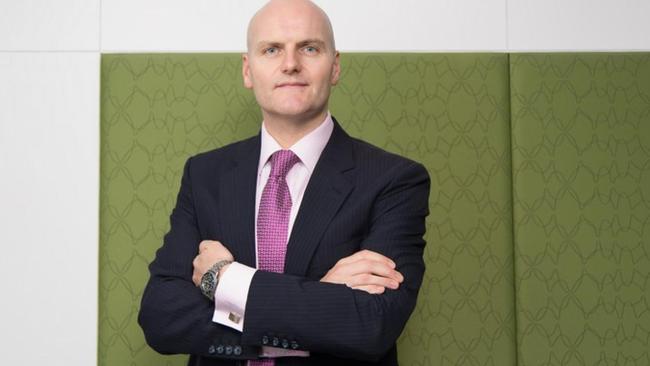LinkedIn global report says recruitment sector jobs are up
HIRING volumes in the recruitment sector are returning to 2011 levels, LinkedIn says in its Global Recruiting Trends 2014 report.

HIRING volumes in the recruitment sector are returning to 2011 levels, LinkedIn says in its Global Recruiting Trends 2014 report.
The report found hiring increased by 48 per cent across the global talent pool this year, compared with 41 per cent the previous year. Hiring budgets also rose from 26 per cent to 34 per cent.
The LinkedIn report found Australian recruiters are missing out on the passive candidate pool, with 75 per cent of all candidates considered not to be actively looking for jobs but interested in opportunities.
The survey asked 4125 recruiters in 31 countries and 274 Australian leaders about recruitment trends. LinkedIn found 64 per cent of Australian employment companies did not use a diversity recruiting program, which worsened by 5 per cent compared with the previous year.
The report also found social media platforms were becoming more popular for job searches, and employer branding was seen as important for hirers wanting to find the best talent.
Services soaring
MORGAN McKinley’s Asia-Pacific Economic Outlook has found financial services job opportunities have grown by 39 per cent from the third quarter of last year to the third quarter of this year. Job vacancies increased by 13 per cent for the quarter, up from 13,576 to 15,316.
Asia-Pacific chief operations officer Richie Holliday says employment growth areas include strategy, project management and compliance.
He says Australian professionals are putting in longer hours than their regional counterparts, with 91 per cent of saying they worked beyond their contracted hours.
Sydney dropped to 23rd in the international list of the most attractive financial centres, sliding from ninth in 2007 to 11th in 2009 and 16th in 2012.
The survey ranked financial centres on business environment, availability of human capital, tax settings, infrastructure, reputation and financial sector development.
Holliday says China is facing an acute talent shortage, private bankers are sought after in Hong Kong and wages are growing in Japan.
Teamwork lacking
HUMAN resources and recruitment specialists Randstad has found 66 per cent of Australian workers are spending more time collaborating in their jobs compared with five years ago, but are still lagging behind other Asia-Pacific nations.
The latest Randstad Workmonitor has found nearly half of Australian workers fail to see the benefit of teamwork, with 51 per cent claiming to work better in teams, compared to 75 per cent across the rest of Asia. Only 41 per cent claim collaboration is not required as part of their job.
Employment market analyst Steve Shepherd says the likes
of China and Hong Kong are more driven by relationship-building and collaboration than Australia.
“Australia can learn a lot from Asia and other markets about how to build stronger relationships, both inside and outside the organisation, and how to leverage technological advancements to support this goal of increased collaboration,” Shepherd says.
He says on average 82 per cent of workers from China, India, Hong Kong, Malaysia and Singapore say collaboration is recognised and rewarded at work.
Shepherd says collaboration and teamwork are more important to gen Y workers than baby boomers, with 59 per cent of gen Y saying they perform better in teams, while only 33 per cent of baby boomers agree.
Gender imbalance
NEW research from US-based data company Qlik has found the gender gap that exists between females and males in the workplace is still present in Australia’s business environment, with 95 per cent of the top position’s in the country’s top 200 countries filled by men.
Qlik’s analysis of its app Where do CEOs Come From found men reach the top of the corporate ladder sooner, with the youngest chief executive at 37, while the youngest female is 47. They found females stay in their higher management positions for longer.
Qlik found females earn a higher annual salary, receiving an average of $4.1 million a year, compared with their male counterparts at $2.5m, due to women being better represented in banking and finance. Of those who took part, 96 per cent had university qualifications and 52 per cent were from Australian institutions.


